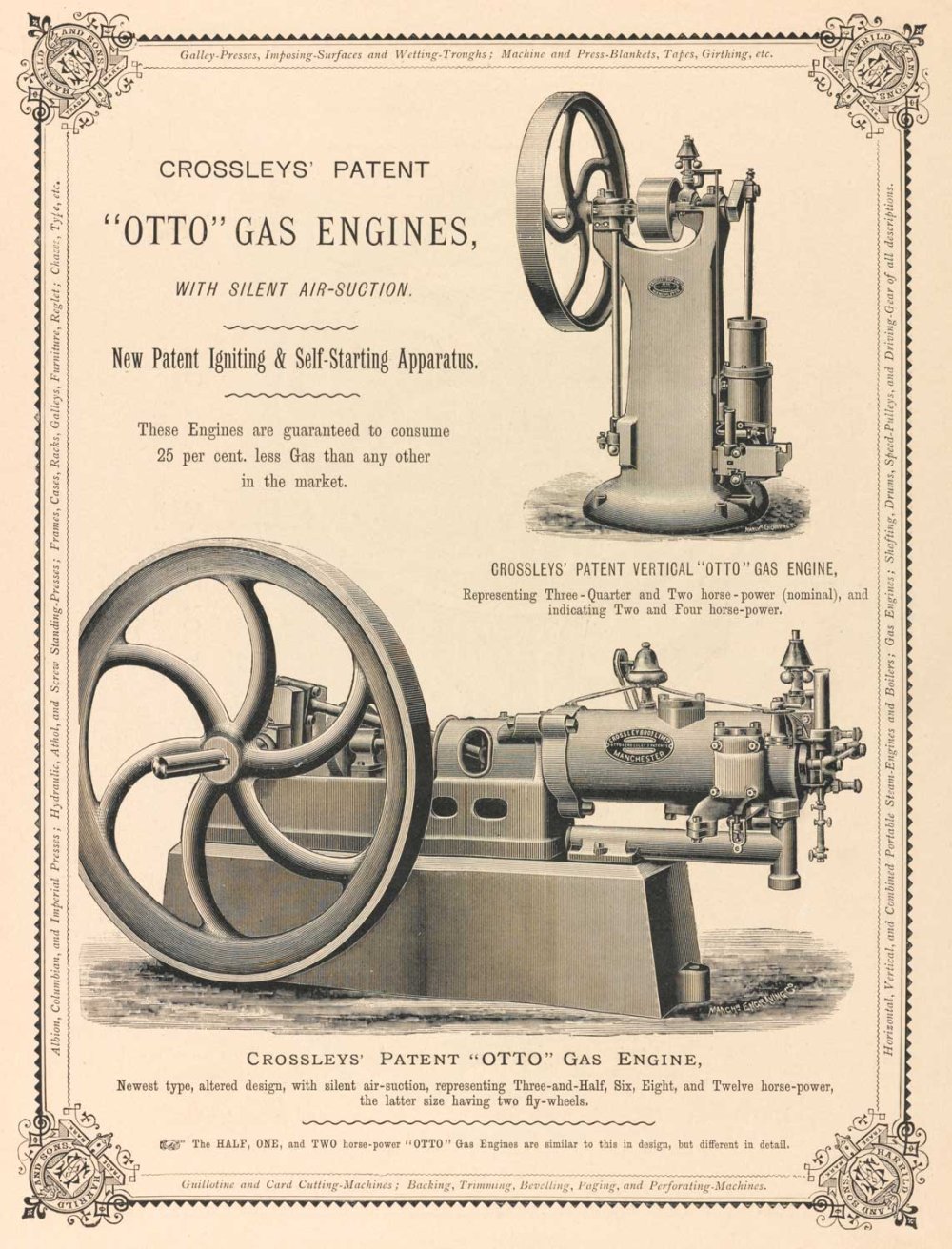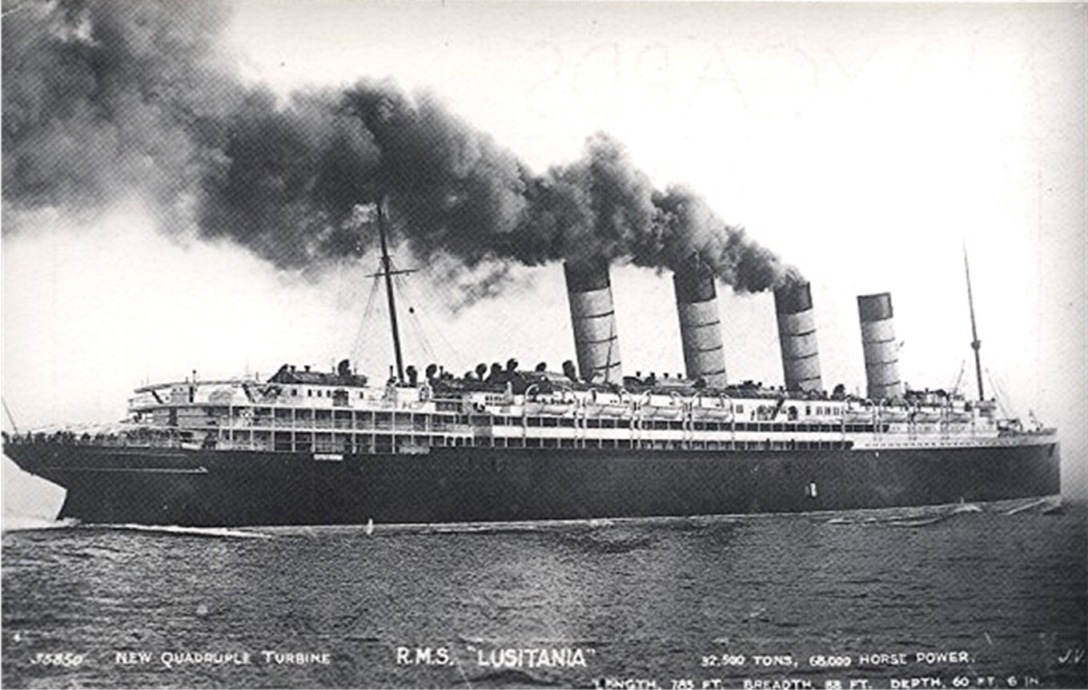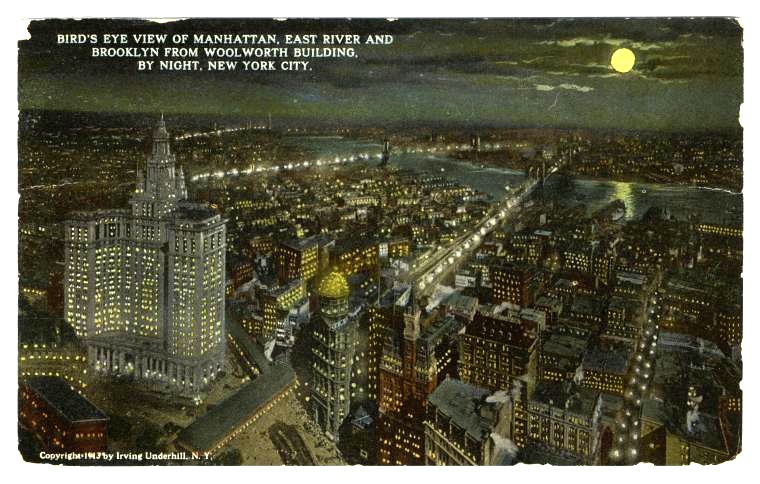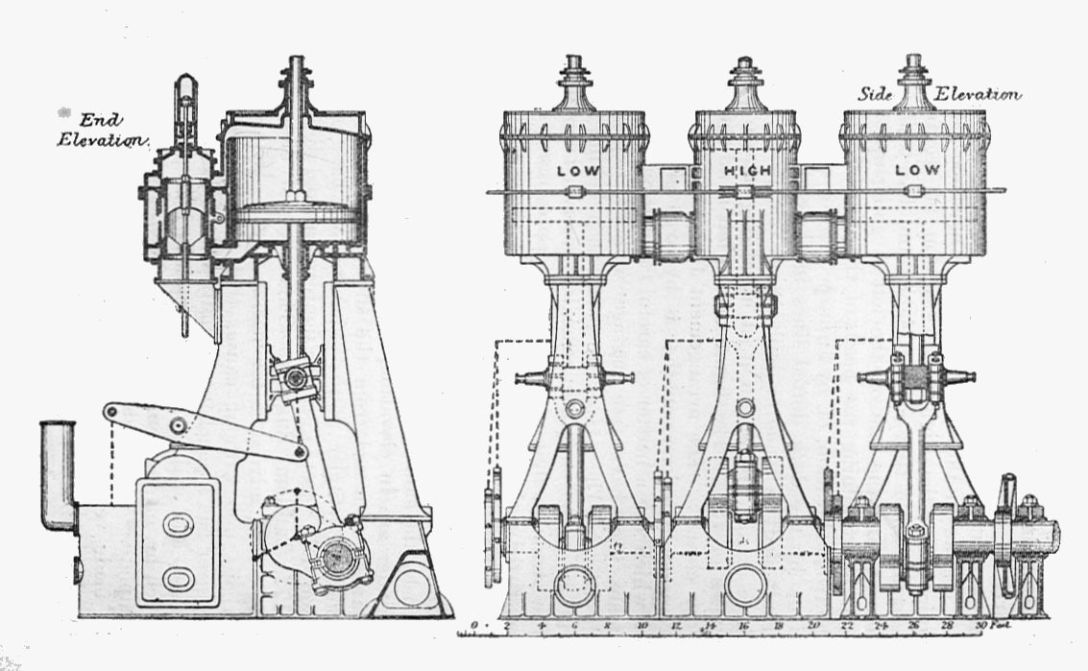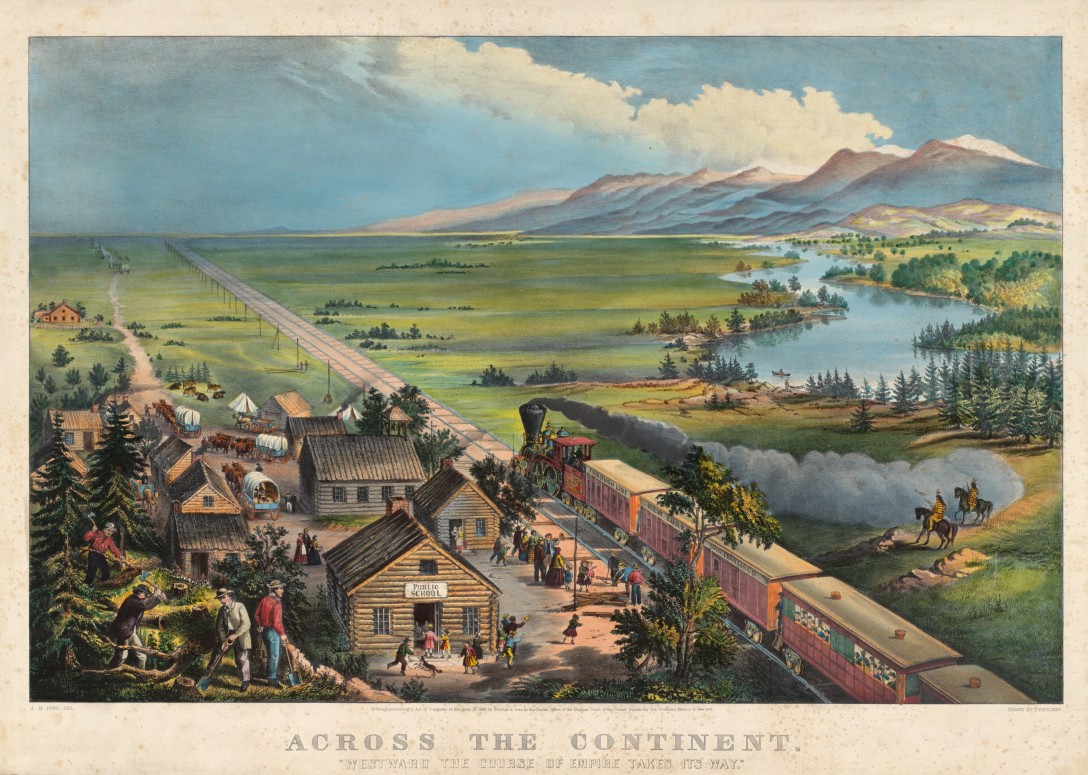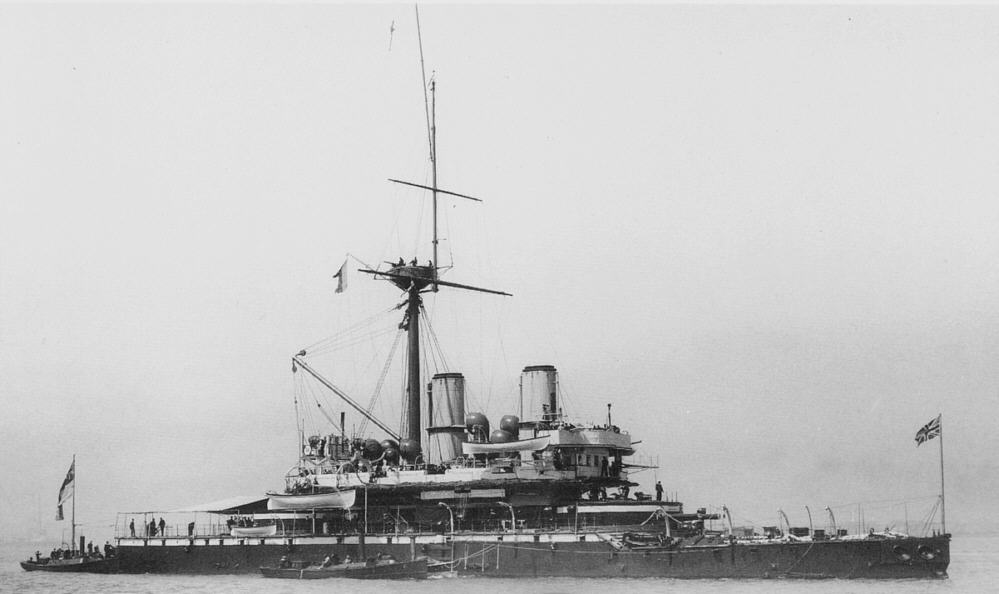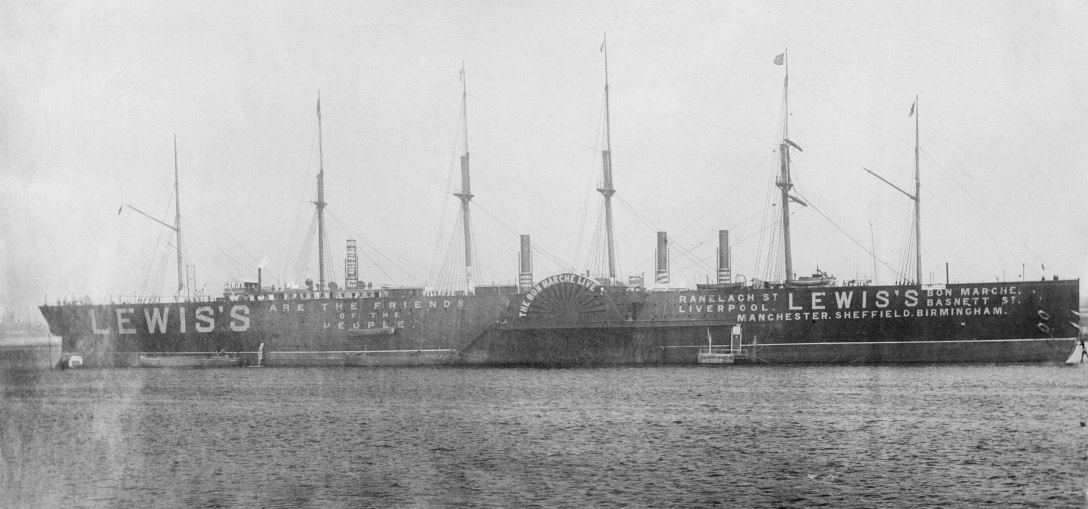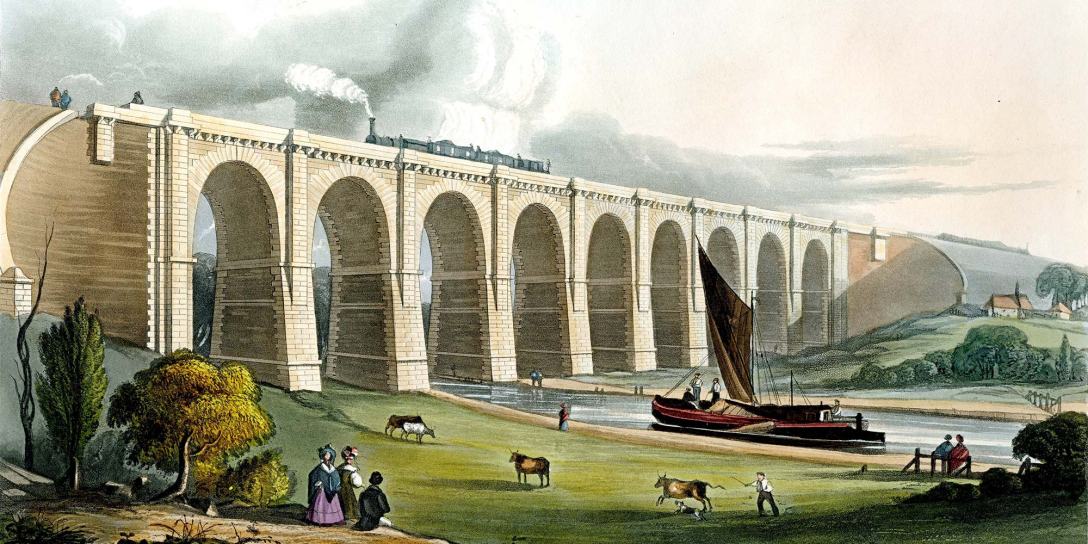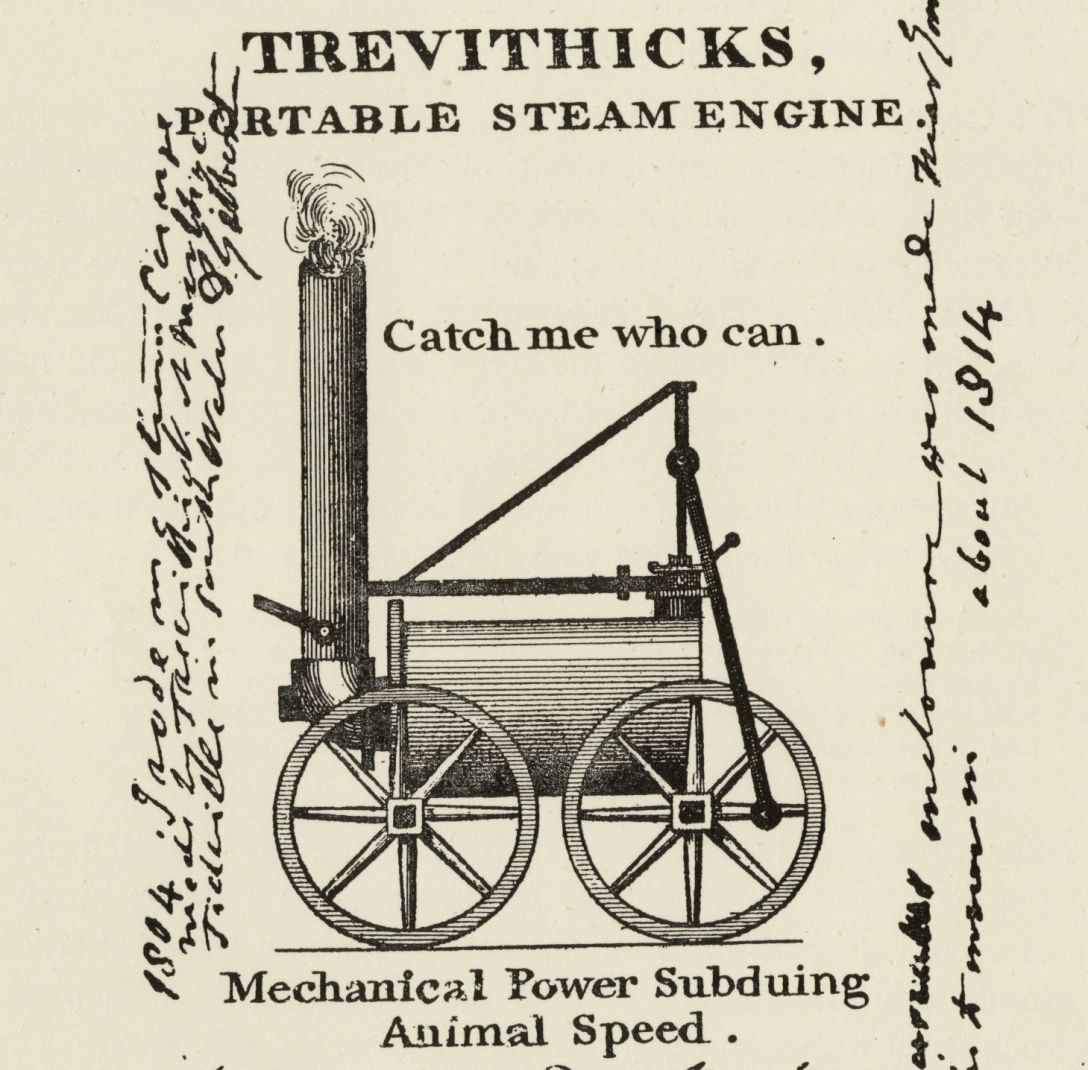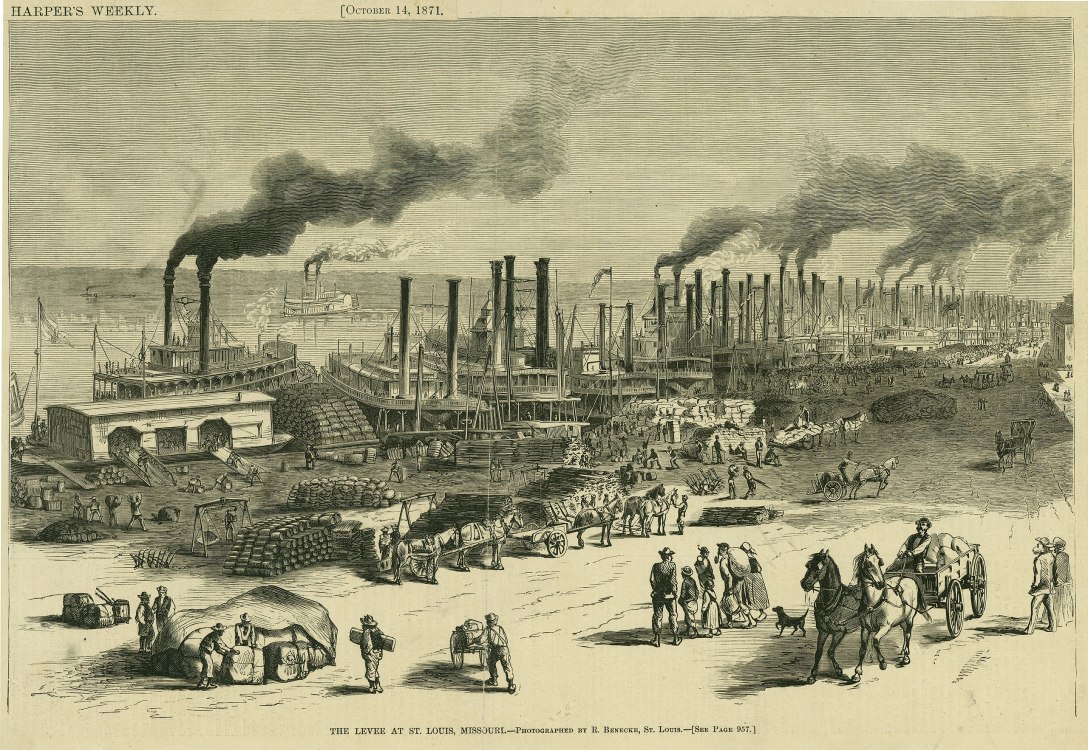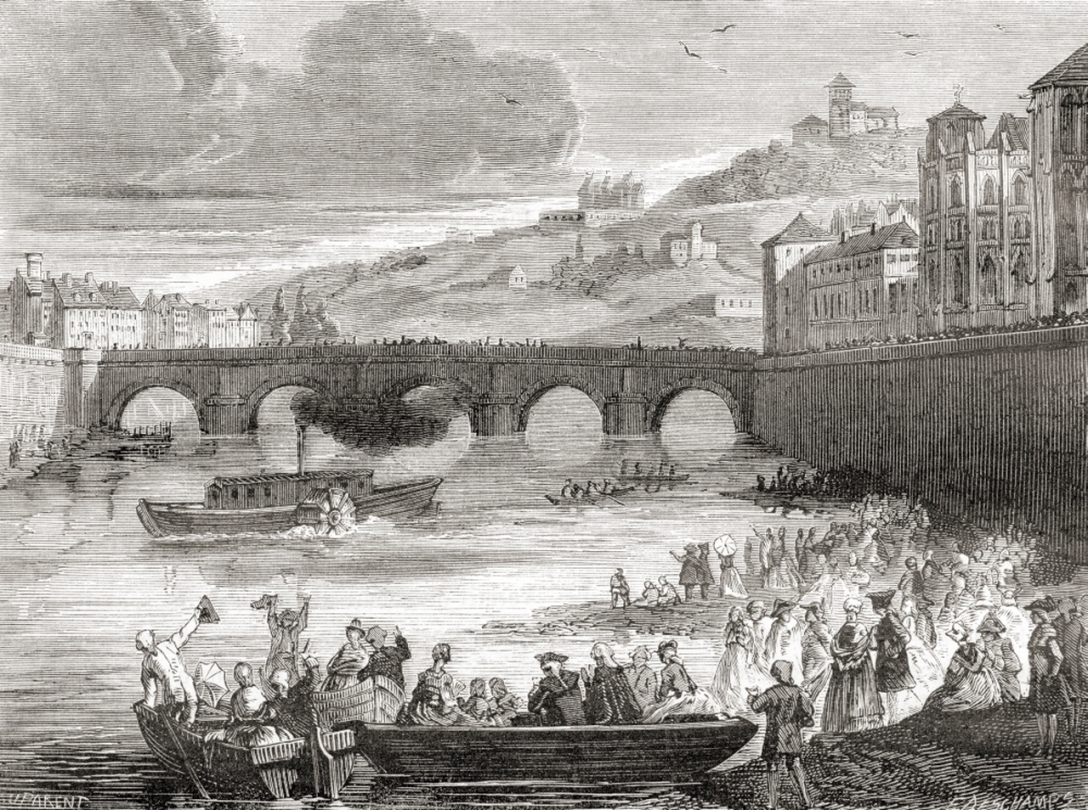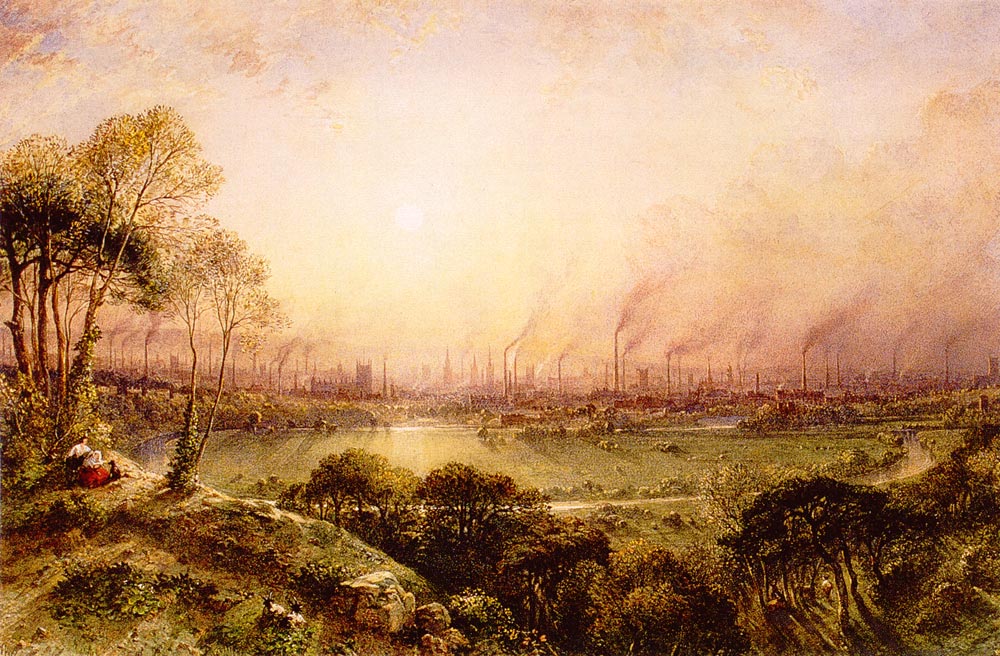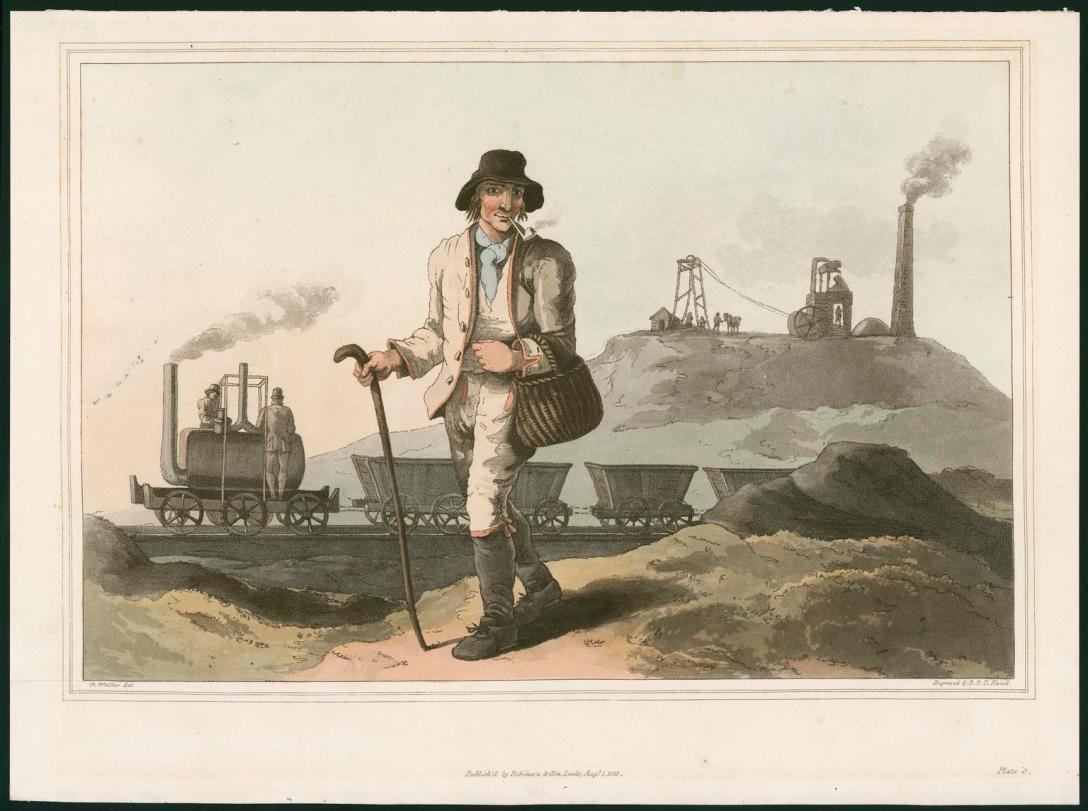In the mid-nineteenth century, a new industry emerged, based on the refining of petroleum. The human use of petroleum is ancient, and may (for all we know) date well into pre-history. In the form found most often in nature, as thick pools of bituminous tar, this sticky, potentially flammable substance found use as a caulk,… Continue reading Twilight of the Age of Steam, Part 2: Petroleum and After
Twilight of the Steam Age, Part 1: Internal Combustion
Here in the early decades of the twenty-first century, steam turbines can still be found (though they are almost never seen) but steam piston engines are archaic relics. Nearly every moving machine that we see—cars, trucks, lawnmowers, the aircraft in the sky and the boats in the water—derives its power directly from the combustion of… Continue reading Twilight of the Steam Age, Part 1: Internal Combustion
Steam Revolution: The Turbine
Incandescent electric light did not immediately snuff out all of its rivals: the gas industry fought back with its own incandescent mantle (which used the heat of the gas to induce a glow in another material) and the arc lighting manufacturers with a glass-enclosed arc bulb.[1] Nonetheless, incandescent lighting grew at an astonishing pace: the… Continue reading Steam Revolution: The Turbine
Steam and Electricity, Part 1: Electric Light
So, steam power had by the last third of the nineteenth century wrought revolutions in mining, manufacturing, and transportation on land, the rivers, and the oceans. That would seem to be enough. But the inventors of the nineteenth century would wrest yet one more revolution from steam, by generating from it electric light, and then… Continue reading Steam and Electricity, Part 1: Electric Light
The Pursuit of Efficiency and the Science of Steam
On April 19th, 1866, Alfred Holt, a Liverpudlian engineer who had apprenticed on the Liverpool & Manchester railroad before taking up steamship design in the 1850s, launched a singular ship that he dubbed the Agamemnon. As the third soon of a prosperous banker, cotton broker, and insurer, he had access to far more personal capital… Continue reading The Pursuit of Efficiency and the Science of Steam
America’s Steam Empire
[Apologies for the long delay on this one, a combination of writer's block and a house move slowed me down this summer. Hopefully the next installment will follow more rapidly!] Railroads and Continental Power The Victorian Era saw the age of steam at its flood tide. Steam-powered ships could decide the fate of world affairs,… Continue reading America’s Steam Empire
Britain’s Steam Empire
The British empire of the nineteenth century dominated the world’s oceans and much of its landmass: Canada, southern and northeastern Africa, the Indian subcontinent, and Australia. At its world-straddling Victorian peak, this political and economic machine ran on the power of coal and steam; the same can be said of all the other major powers… Continue reading Britain’s Steam Empire
The Backbone – Now in Book Form!
This took much longer than I had expected, but it's finally here. My series “The Backbone” is now available as a book, in both Kindle and paperback formats. You can find it at Amazon.com here. The book improves upon the original posts in many ways: professionally edited text revised to make it flow more smoothly as… Continue reading The Backbone – Now in Book Form!
Steamships, Part 2: The Further Adventures of Isambard Kingdom Brunel
Iron Empire As far back as 1832, Macgregor Laird had taken the iron ship Alburkah to Africa and up the Niger, making it among the first ship of such construction to take the open sea. But the use of iron hulls in British inland navigation can be traced decades earlier, beginning with river barges in… Continue reading Steamships, Part 2: The Further Adventures of Isambard Kingdom Brunel
Steamships, Part I: Crossing the Atlantic
For much of this story, our attention has focused on events within the isle of Great Britain, and with good reason: primed by the virtuous cycle of coal, iron, and steam, the depth and breadth of Britain’s exploitation of steam power far exceeded that found anywhere else, for roughly 150 years after the groaning, hissing… Continue reading Steamships, Part I: Crossing the Atlantic
The Rail Revolution
As we noted last time, twenty years elapsed from the time when Trevithick gave up on the steam locomotive before rails would begin to seriously challenge canals as major transport arteries for Britain, not mere peripheral capillaries. To complete that revolution required improvements in locomotives, better rails, and a new way of thinking about the… Continue reading The Rail Revolution
High Pressure, Part 2: The First Steam Railway
Railways long predate the steam locomotive. Trackways with grooves to keep a wheeled cart on a fixed path date back to antiquity (such as the Diolkos, which could carry a naval vessel across the Isthmus of Corinth on a wheeled truck). The earliest evidence for carts running atop wooden rails, though, comes from the mining… Continue reading High Pressure, Part 2: The First Steam Railway
High-Pressure, Part I: The Western Steamboat
The next act of the steamboat lay in the west, on the waters of the Mississippi basin. The settler population of this vast region—Mark Twain wrote that “the area of its drainage-basin is as great as the combined areas of England, Wales, Scotland, Ireland, France, Spain, Portugal, Germany, Austria, Italy, and Turkey”—was already growing rapidly… Continue reading High-Pressure, Part I: The Western Steamboat
The Steamboat Inventors: The Second Generation
Robert Livingston’s First Partnership It would take a further twenty years after the deaths of Fitch and Rumsey before steamboat travel was established on a permanent basis in the U.S. Several more would-be steamboat inventors came and went before a partnership between two men drove the development of the steamboat to its successful conclusion. The… Continue reading The Steamboat Inventors: The Second Generation
The Steamboat Inventors: The First Generation
Program Note: When last I posted, I said I was working on transforming The Backbone into a book. That work is still ongoing, but it's taking longer than I expected to hammer the blog posts into a coherent manuscript. After so many months, I felt I needed to resume the story of the Age of… Continue reading The Steamboat Inventors: The First Generation
Age of Steam Hiatus
I feel I've reached a good stopping point with the Age of Steam, just before the appearance of the first effective high-pressure steam engines and the first steam-powered vehicles. Therefore I'm going to put the series on hiatus while I focus on turning The Backbone series into a book, similar to the one I published… Continue reading Age of Steam Hiatus
The Steam Revolution
[Part of a series: The Age of Steam] Up until the 1780s, steam engines were used almost exclusively for pumping water. To the extent that they drove industrial machinery, it was almost always indirectly, by lifting water uphill from whence it could run back down and turn a waterwheel. Industry thus remained dispersed in villages… Continue reading The Steam Revolution
James Watt, Instrument Maker
[Part of a series: The Age of Steam] A New Synthesis In the eighteenth century, new lines of communication and new alliances were forming between the world of the artisan and craftsman on the one hand, and the world of the “schoolmen,” the university scholars, steeped in abstract knowledge, on the other. This convergence arguably… Continue reading James Watt, Instrument Maker
The Triumvirate: Coal, Iron, and Steam
[Part of a series: The Age of Steam] The steam engine might have amounted to relatively little if not for its two compatriots, coal and iron. Together they formed a kind of triumvirate, ruling over an industrial empire. Or perhaps an ecological metaphor is more appropriate – a symbiosis among three species, each nourishing one… Continue reading The Triumvirate: Coal, Iron, and Steam
The Switch – Now in Book Form!
My series "The Switch" is now available as a book, in both Kindle and paperback formats. You can find it at Amazon.com here. The book improves upon the original posts in several ways: I have re-edited the entire text (with professional help) to make it flow more smoothly as a book, and to improve correctness… Continue reading The Switch – Now in Book Form!

